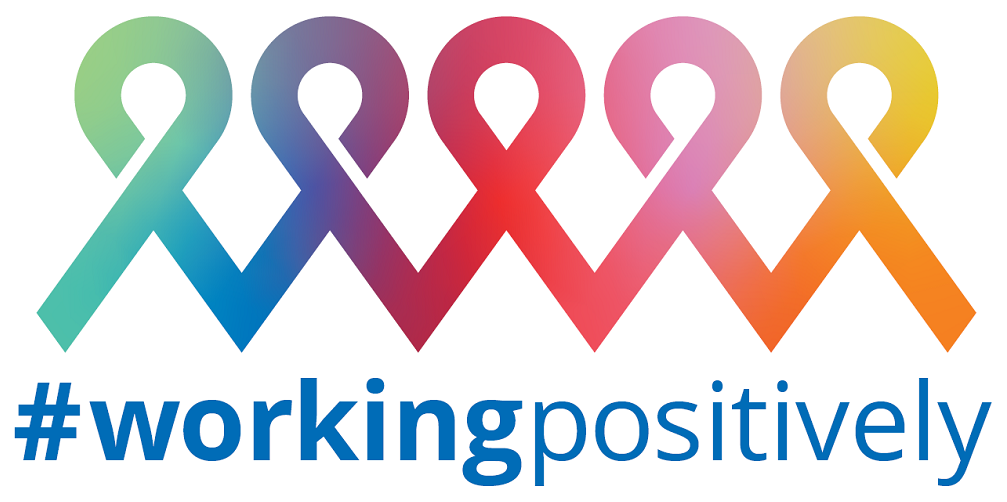Patents
How Teamwork Can Help Foster Scientific Breakthroughs
January 9, 2018 | Written by: Hillery Hunter
Categorized: Patents
Share this post:
Humans understand and extract knowledge from the images and sounds that they experience, and we’re trying to teach computers to mimic those processes to benefit society.
I lead the accelerated cognitive infrastructure research team at IBM Research. My team works on deep learning, part of artificial intelligence (AI). Our goal is to combine hardware and software in a way that highly accelerates the speed of computation on AI algorithms.
The systems we’re developing are designed to digest and analyze large data sets more like human beings do, which would enable AI researchers, data scientists and developers to analyze large amounts of data with much less wait time. In other words, we could analyze the data during a coffee break, instead of taking days or even weeks.
We’re making progress. In August, IBM Research announced that we had achieved a record-breaking deep learning performance by using 7.5 million images to train a neural network, which achieved 33.8 percent accuracy of images in just 50 minutes. Achieving this type of AI record is both about fast computation and fast, high-reliability memory to feed specialized computation engines. My patents, US 9,747,148 and US 9,734,008, disclose approaches for improving memory reliability, and are among the 14 patents I was granted in 2017.
These patents are among the 9,043 granted to IBM inventors by the United States Patent and Trademark Office in 2017 –a record-breaking number and the first time a company has been granted more than 9,000 patents in a single year! Our 2017 record also means that IBM inventors have been granted more patents than any other company for 25 years in a row.
Invention is inherently about problem solving, and teamwork is an important part of that.
From the time I first started inventing, almost all of my patent work has been a collaborative effort, with no single individual named in a patent application. Early on we’d have patent brainstorming sessions, what we call an “agile” way to work now, by putting sticky notes with ideas on a white board. By listing challenges and ideas together, eventually the solutions could turn into a patent.
What we’re doing these days is taking what were historically disjointed technical areas and breaking down those barriers so we can get better solutions. We spend a lot of time learning each other’s technical language, and finding opportunities that we wouldn’t have noticed if we hadn’t “peeked” over the wall into another technical area.
Many times, with teamwork, we find that one of our team members has some historical perspective. Perhaps a similar approach was tried unsuccessfully in the past, and it might not be worthwhile to pursue a second time. It’s an advantage to have come from such different technical backgrounds.
As for my own journey in becoming a Ph.D. in electrical engineering, math was always my favorite subject as a child. In high school, I also enjoyed chemistry and physics classes.
When I was in high school, Northwestern University sponsored a day-long meeting for female high school students who were curious about various fields of engineering. I learned that day, and subsequently in my studies at the University of Illinois, that engineering provided me with the opportunity to apply both math and science.
While electrical engineering is a combination of math and physics, I’ve since found out that there’s a lot of logic involved, particularly in the computer engineering field I’ve chosen. I pursued a Ph.D. because I wanted to tackle larger problems and allow myself greater freedom professionally.
At IBM Research, our maxim is “Innovation that Matters.” Corporate research enables us to explore things at an intellectual level, but with an accountability about how the science is applied to critical business problems.
For example, immediately after we published our scientific findings in August, we were able to make the results available to clients through PowerAI. Their questions and constant feedback is helping us to make improvements in the AI systems, which creates a virtual cycle of innovation.
The goal, of course, is to expand our knowledge in new ways that will benefit people and society.

IBM Fellow
Making the workplace safe for employees living with HIV
The recent promising news about Covid-19 vaccines is in sharp contrast to the absence of a vaccine for HIV, despite decades of research. Unlike Covid-19 with a single viral isolate that shows minimal diversity, HIV circulates in a wide range of strains that so far have proven impervious to a single vaccine. Fortunately, more people […]
Call for Code for Racial Justice Needs You: Join the Movement
IBM has never avoided taking on big challenges. At IBM, we are privileged to drive impact at scale. We take on challenges that transform our clients, impact people’s lives and innovate for future generations as we strive to effect systematic societal change. Over the course of our 109-year history, the evidence has become clear that […]
A New Wave: Transforming Our Understanding of Ocean Health
Humans have been plying the seas throughout history. But it wasn’t until the late 19th century that we began to truly study the ocean itself. An expedition in 1872 to 1876, by the Challenger, a converted Royal Navy gunship, traveled nearly 70,000 nautical miles and catalogued over 4,000 previously unknown species, building the foundations for modern […]


